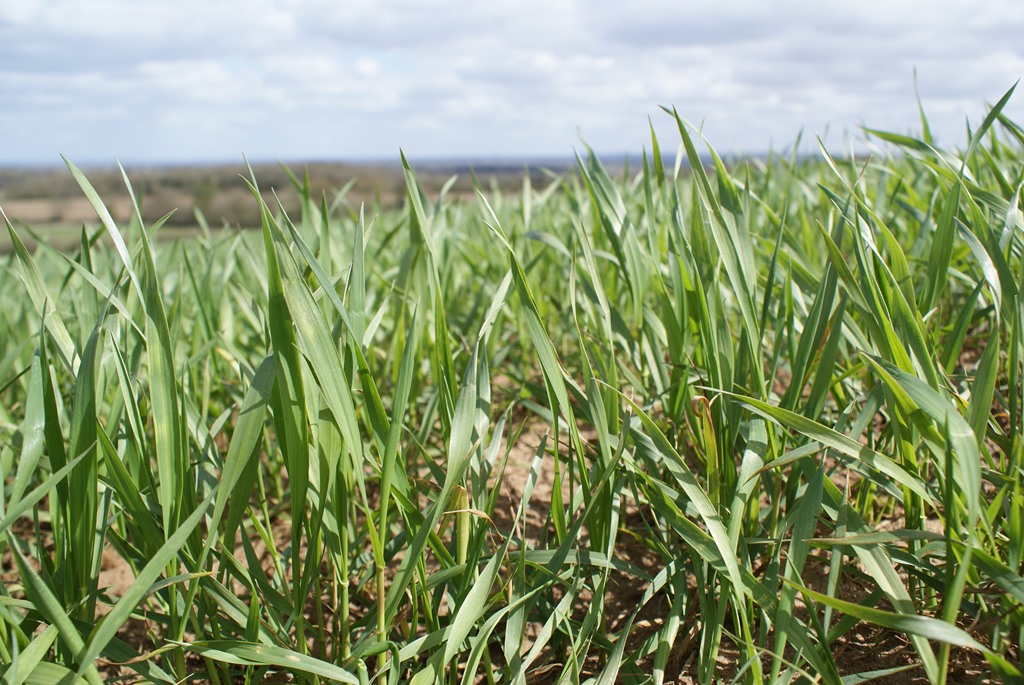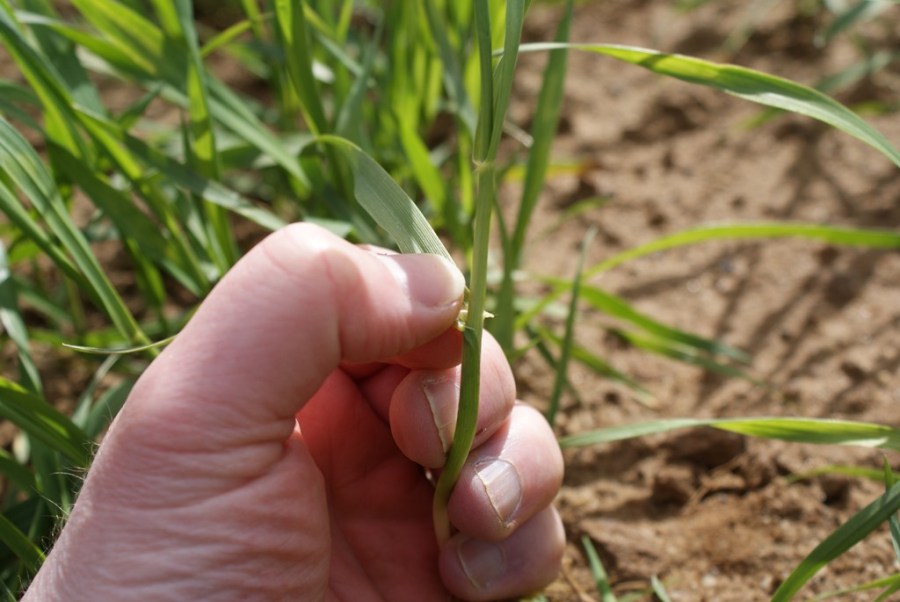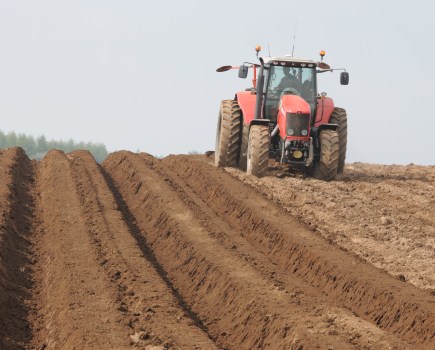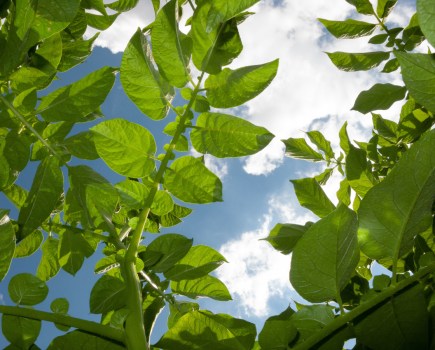
Keeping the green leaf area protected at the T1 spray timing is vital. CPM find out how.
With more wintry weather this season yellow rust has been checked but septoria could still threaten despite being less evident so far. Bayer’s Tim Nicholson says, “Yellow rust succumbs to the cold especially where leaves die, but even where leaves survive, mycelia within leaves can be killed where frosts are particularly severe. Septoria is not affected by the cold to the same degree and remains the key threat, especially following the recent wet weather.”
He says “T1 is the start of protecting green leaf area on the upper leaves. Keeping leaves two and three clean helps protect the flag leaf. If you don’t, septoria can transfer via leaf contact or rain splash.”
With calls to limit SDHI selection pressure to reduce resistance build up, T1 applications are under more scrutiny this season. The question this season is whether the septoria threat means azole+ CTL is an option. Tim sounds a note of caution, “In our trials, prothioconazole has been stable for a number of seasons now, and we still see effective control from Proline+ CTL. But there’s no room for error and timing is everything.”
His view is that where growers have sown more resistant varieties such as KWS Siskin and Graham, drilled later in the autumn, and there’s the capacity to treat total wheat area efficiently, it is realistic. Otherwise go for an azole+ SDHI combo with CTL. “In some plots last season we delayed GS32 applications by 12 days and septoria control was compromised. Even a T2 product like Ascra (prothioconazole+ bixafen+ fluopyram+) couldn’t fully retrieve the situation,” he says.
Certainly one thing he doesn’t want to see is SDHIs used with no azole partner – something that occurred last season. He points out that when we hear calls about azole decline it is curative activity that has fallen away the most. “It is only the primary azoles like prothioconazole that provide effective support to the SDHI within the leaf, CTL is a surface protectant and doesn’t penetrate the leaf, leaving the SDHI totally exposed if there is no or insufficient azole present. That certainly is one way of increasing selection pressure,” he warns.
He also believes eyespot may be checked by cold weather and late drilling to a degree but does advise growers to stay vigilant. “Only six varieties on the AHDB Recommended List have a rating of six or better so most varieties have a degree of vulnerability,” he concludes.




